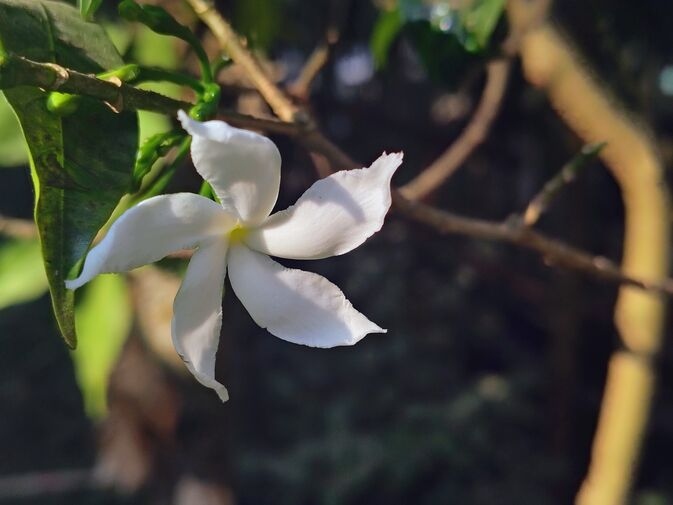Among the many blossoms that enhance nature’s charm, the Pinwheel Flower holds a special place. Its attractive structure, gentle hues, and delicate fragrance enchant it.
The scientific name of the Pinwheel Flower is Tabernaemontana divaricata. Belonging to the Apocynaceae family, it is primarily found in Asia’s warm and tropical regions. Commonly known as Crape Jasmine or Pinwheel Jasmine, the flower is distinguished by its star-like arrangement of petals that resemble a spinning wheel. Typically white, it blooms for most of the year.
The gentle fragrance and soft colours of the Pinwheel Flower enhance any setting. Widely used to adorn gardens, parks, and home courtyards, it adds to the visual appeal and attracts pollinators such as butterflies and bees, which is crucial in maintaining ecological balance.
In addition to its ornamental value, the Pinwheel Flower has been utilized in Ayurvedic and herbal medicine since ancient times. Extracts from its leaves are believed to help treat skin disorders, fever, and inflammation.
Overall, the Pinwheel Flower is celebrated for its beauty and environmental and medicinal significance, making it a cherished addition to any natural setting.
By Rajin Saleh
Photo: Rajin Saleh










